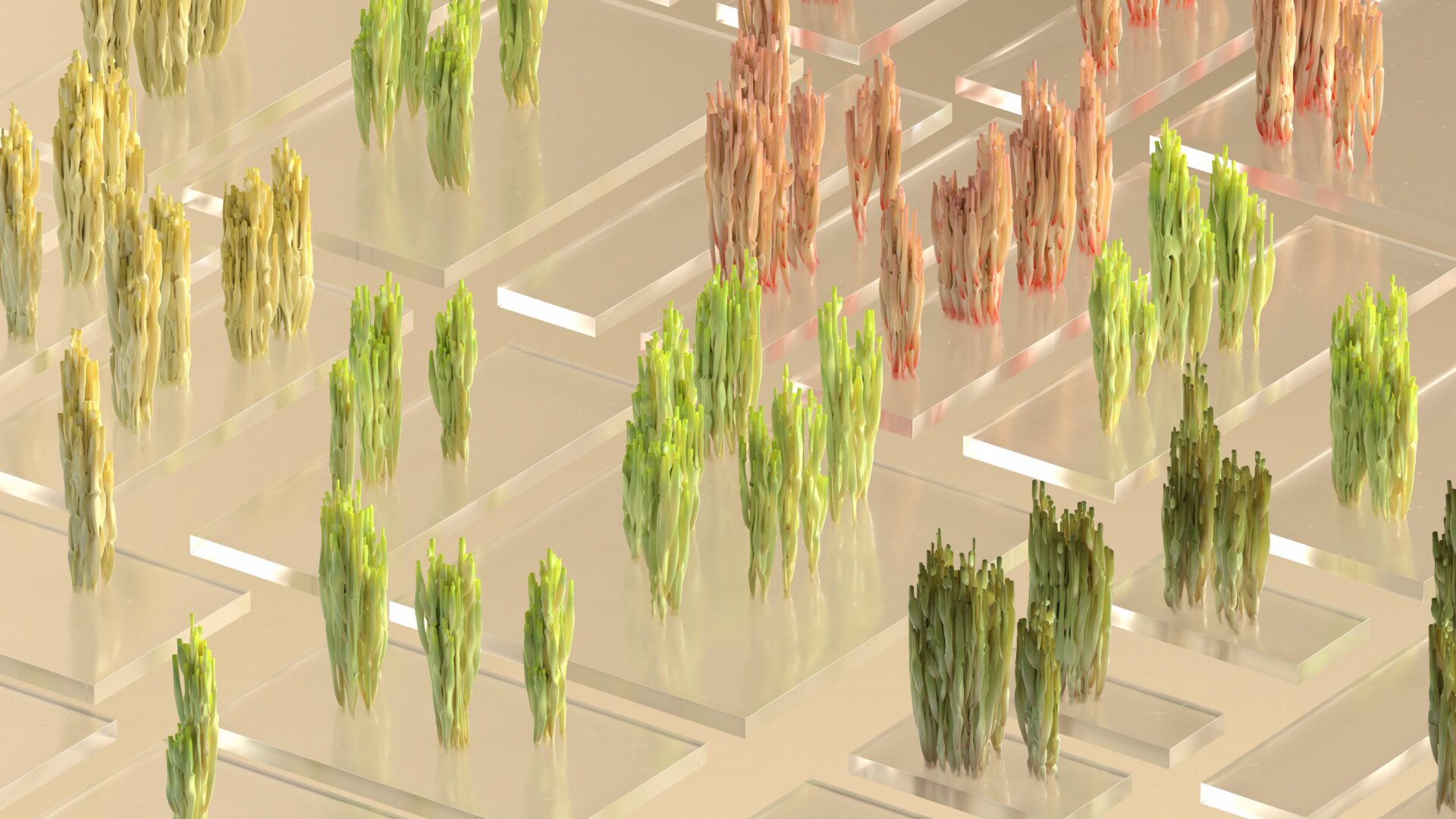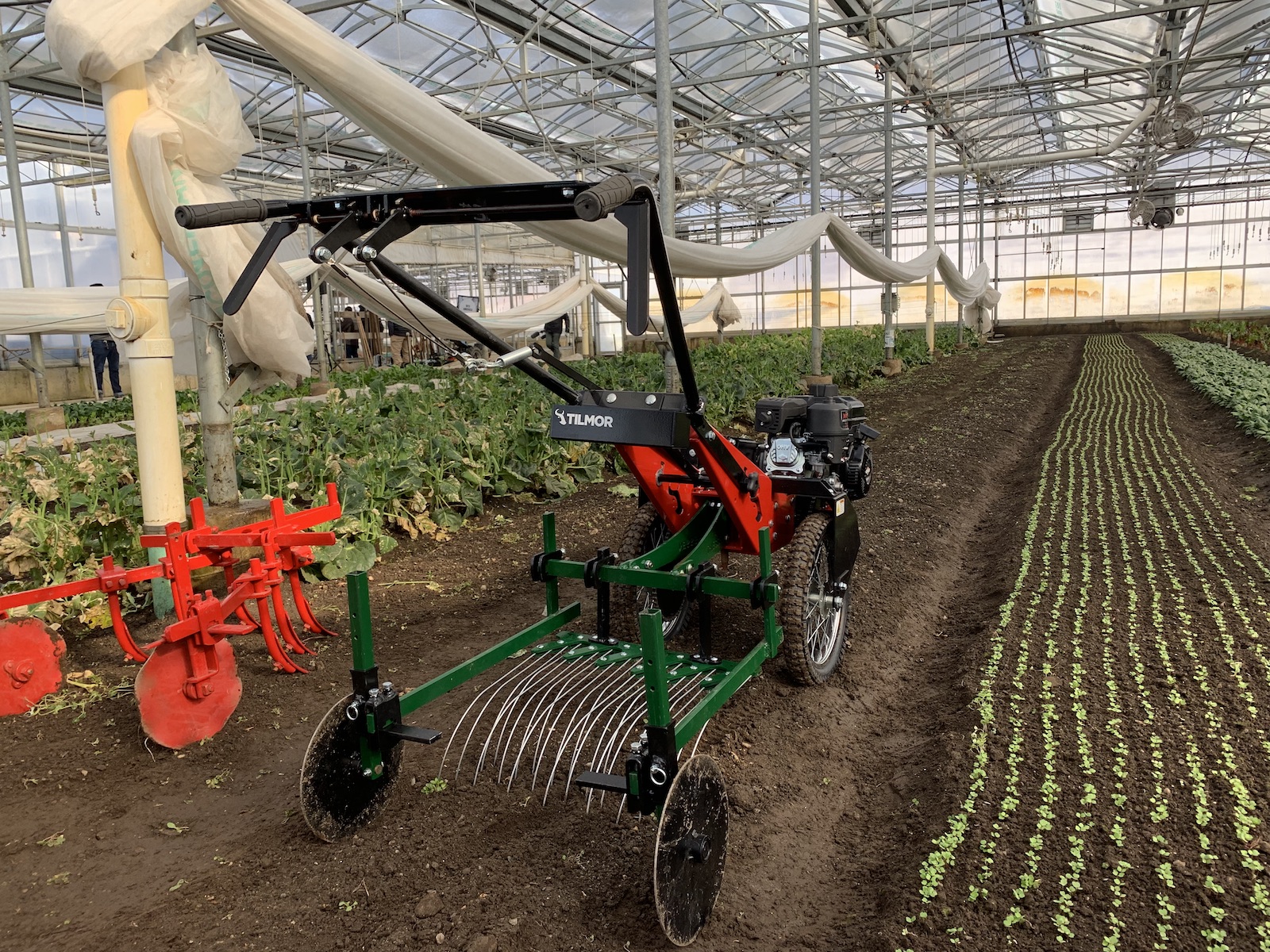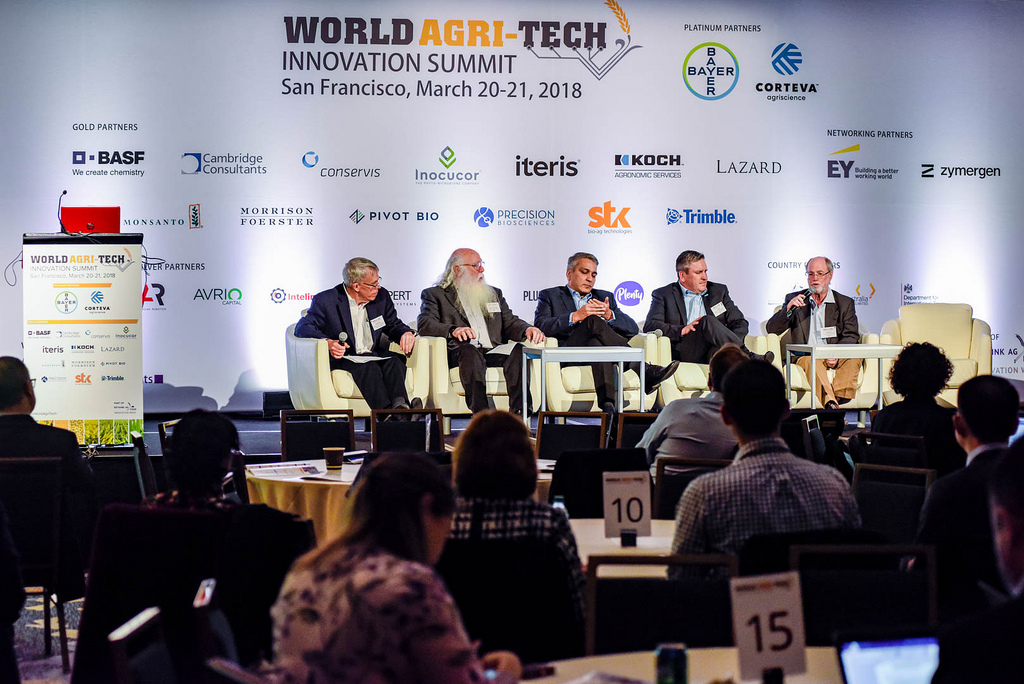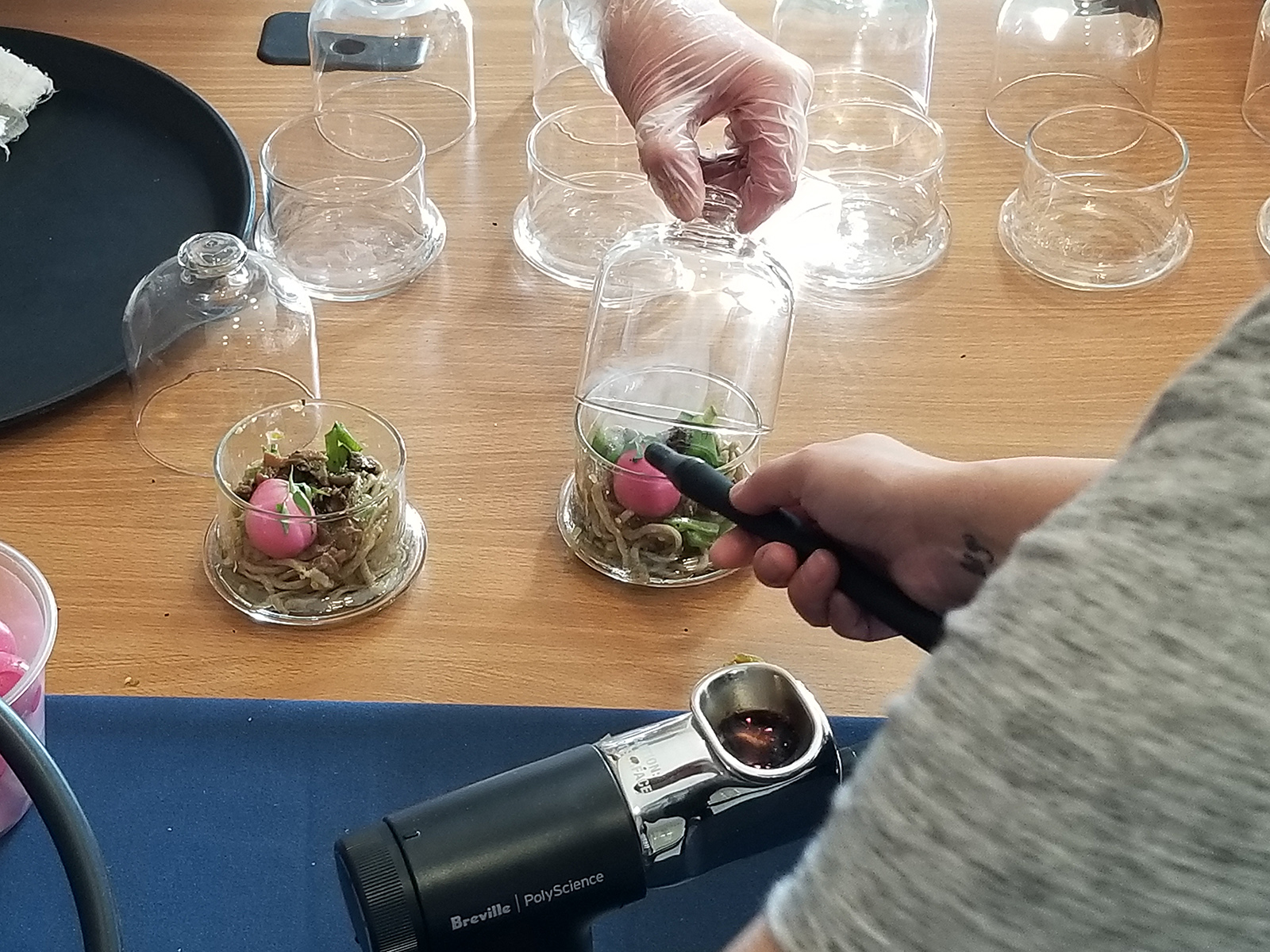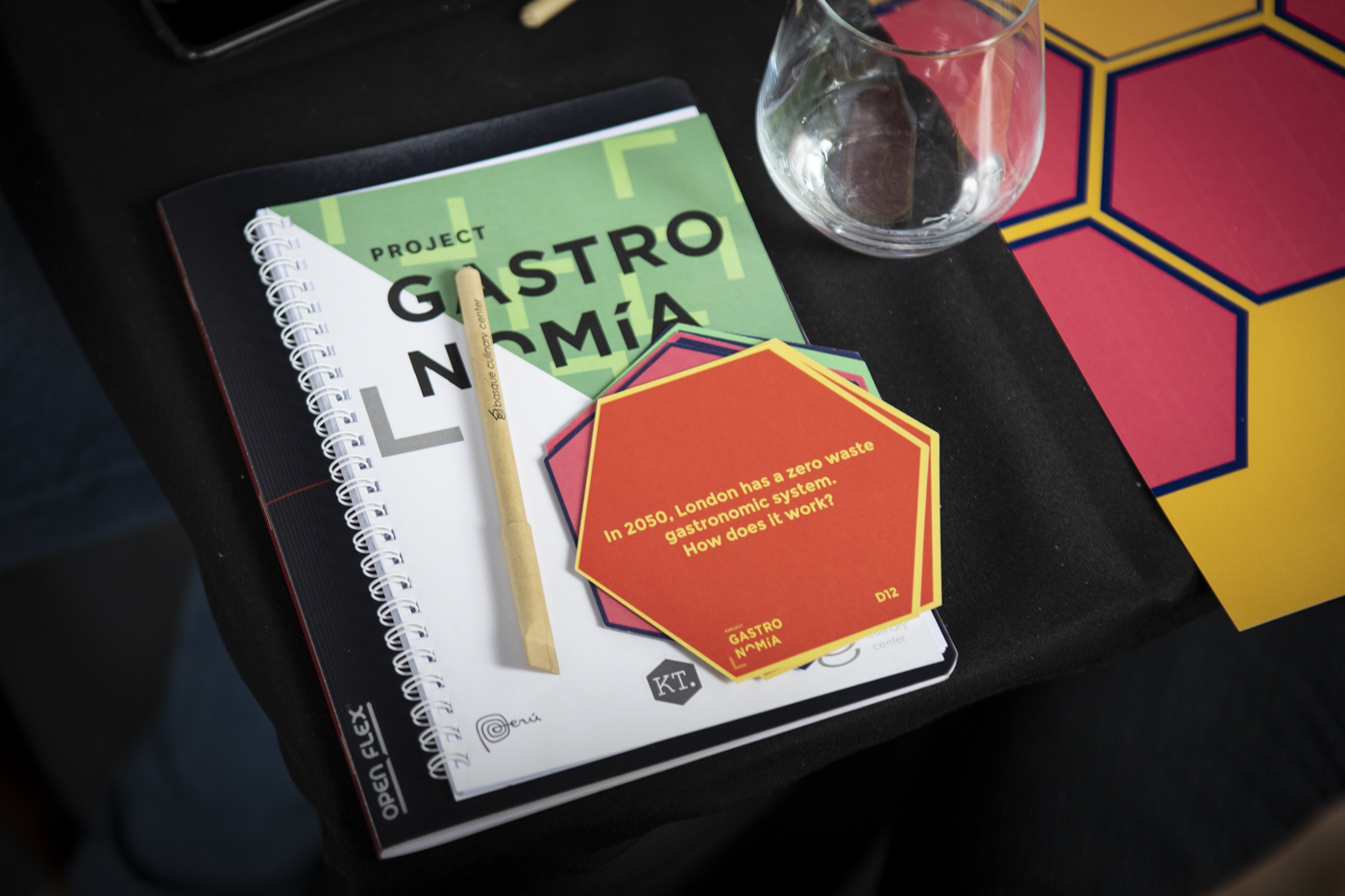In honor of Climate Week NYC, Agritecture, an urban agriculture consulting firm, and the NYC AgCollective, a consortium of 15+ commercial urban farms, tech companies, and non-profit organizations, produced NYC AgTech Week from September 20-26. This week-long conference series is the only AgTech conference on the East Coast run by the leaders of the industry themselves. Among the events featured was a discussion surrounding the future of green urban development, where leaders in the sustainable architecture industry came together to discuss opportunity zones, green roofs and other creative projects that might provide solutions to issues of sustainability.
 Image courtesy of Eray/Carbajo.
Image courtesy of Eray/Carbajo.
The list of panelists included:
Pinar Guvenc: Managing Partner of Eray/Carbajo, an architecture and design studio based in New York and Istanbul which is known for their creative concepts that solve urban, social and environmental problems.
Jeffery Lee: Senior Vice President of Capalino+Company, a leading government relations and strategic consulting firm in New York City, providing insight and expertise to drive long-term, sustainable growth for both for-profit and non-for-profit organizations.
George Bryant: President of Aqua Ark, a full service developer and consultant whose focus is centered around building floating farms, affordable housing units, residences and commercial structures that are built in harmony with tide and time.
Alan Burchell: Founder of Urbanstrong, a full-service, green building technology team that provides design-build-maintenance services for living walls, green roofs, solar green roofs, and rooftop solar systems.
As conversation developed across the spectrum of panelists, a general consensus was reached about the importance of policy driving demand for green development. On April 18th, 2019, the New York City council passed the Climate Mobilization Act, which represents New York City’s commitment to the carbon drawdown targets set out in the Paris Agreement, pledging to make the city carbon neutral by 2050. Central to the Climate Mobilization Act is Local Law 97, a first-of-its-kind legislation placing emissions limits on commercial and residential buildings that are 25,000 square feet or larger. Based on this newfound stipulation, demand for creative carbon-reduction solutions from real-estate developers and architects such as green roofs and solar roofs is on the rise.
 Image courtesy of Eray/Carbajo.
Image courtesy of Eray/Carbajo.
As Pinar Guvenc said, “demand drives supply.” However, Guvenc also emphasized the importance of utilizing these newfound green spaces to their utmost potential, noting that “Urban farming is a need. Access to educational resources need to be provided to the consumer in order to develop awareness around the solutions that can be fixed with urban farming. Developing awareness will build demand and developers will be pressured to incorporate urban farming into real estate development beyond the scope of requirements that are deemed by the city.”
![]() Image courtesy of Urbanstrong.
Image courtesy of Urbanstrong.
Architects and real-estate developers are also facing the challenges associated with climate change head-on by innovating unique solutions for the realities that the changing weather patterns are inflicting on our society. George Bryant of AquaArk is working with coastal communities such as Charleston, South Carolina who experience on-going seasonal damage from hurricanes. As the frequency of Category 4 and 5 hurricanes are projected to increase by 45-87% due to warmer sea surface temperatures and rising sea levels, AquaArks amphibious housing models create opportunities for communities who are affected by the rising tides with a sustainable housing option. These amphibious structures aren’t just limited to housing communities. As weather patterns become more unpredictable, access to a consistent supply of fresh produce throughout the year becomes less viable. AquaArk’s floating solar farms provide not only a supply of fresh produce but also a source of green energy. According to George Bryant, there is “untapped potential to utilize floating farms to feed communities” as these structures “bring production closer to the user and remove pressure on the land.”


